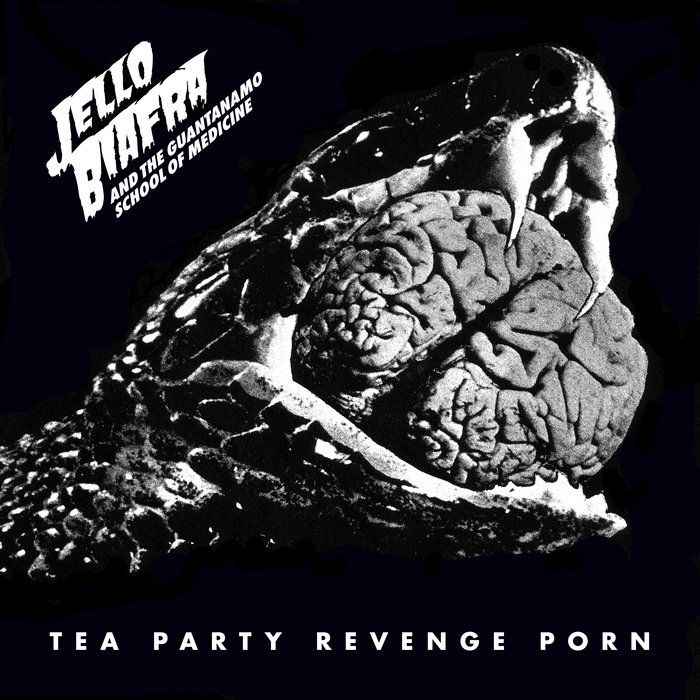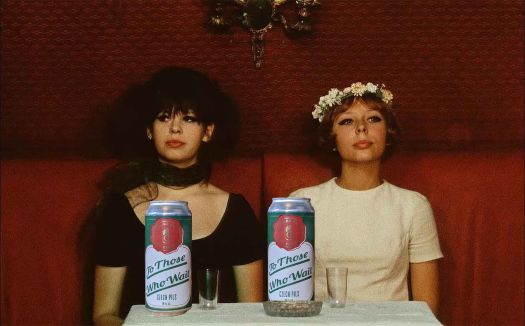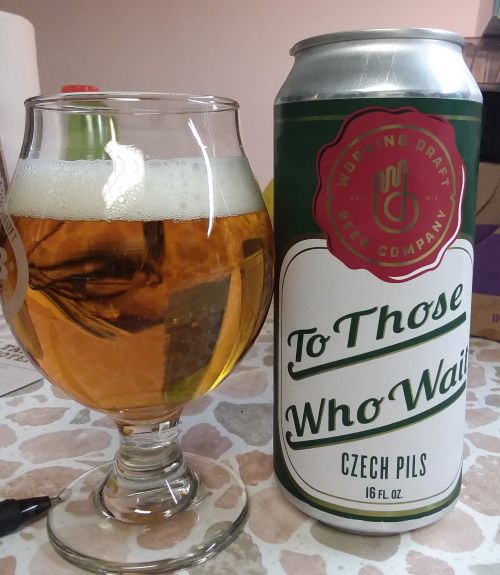Upon closer inspection, this doesn't seem to really have
been the case although there are monks involved in the beer's history and they did do stuff like
drinking beer during Lententide.
The genesis of the doppelbock dates back to 1651 and the
friars of an order founded by Saint Francis of Paola. Their monastery was in
suburban Munich and for the feast day in Frank's honor on 2 April they brewed a
special beer which they called Sankt-Vaters-Bier (Sacred Father's Beer or something like that). This was the ur-doppelbock.
The beer would be brewed for this day every year. While 2 April fell during Lent
most years, sometimes it was after Easter. So there were indeed friars drinking
this stuff during Lent.
As the years went by this special feast day brew became
known as Salvatorbier and the brewery became Paulaner. And Paulaner exists today
and their doppelbock is called Salvator. From what I've read, doppelbocks have
gotten less sweet but more potent over the years. A little less liquid bread
for lent and more booze to ward off the chill of late winter/spring.
Regardless, doppelbocks today are generally about the malt and very sweet.
In addition to associating them with monks, I also think of
doppelbocks as something consumed around Lent. But I recently spied one by
Potosi called Northern Method and figured I'd give it a shot even though it was
only January and Catholics were still whoopin' it up to celebrate the conversion
of St. Paul.
The Potosi Brewing Company has, to the best of my knowledge,
absolutely nothing to do with monasteries, ascetic lifestyles, or celibacy. Located
in the southwest corner of the state within spitting distance of the Mighty Mississippi,
it opened in 1852 and closed 80 years later after becoming Wisconsin's fifth
largest brewery. A few decades later a non-profit group, the Potosi Foundation,
raised the necessary funds to resurrect the brewery which had been donated to
them. Potosi Brewing opened once again in 2008 and today the facility is also
home to the National Brewery Museum which is pretty slick if you're into old
beer cans, signs, and whatnot.
It smelled more or less like I thought it would – sweet like
raisins and caramel but also a bit boozy and astringent. It's 8.5% A.B.V., by
the way.
Raisin and caramel were also to be tasted along with a more
plum-like/stone fruit flavor. I discerned a little dark chocolate as well. And, in
keeping with its reputation as liquid bread, there was a bready flavor too. Some
sweetness lingered on the swallow as the hops finally decided to make
themselves known with a touch of spicy bitterness.
Despite being a big beer, I found Northern Method to be rather
easy drinking. Malt sweetness was the order of the day but my palate never got bogged
down in a cloying sludge. The beer had a medium body and I think the sweetness
was prevented from running roughshod over my tongue by judicious hopping and
just the right amount of carbonation.
Northern Method is a "Fall / Winter Seasonal Limited
Release" and so, oddly enough, it will be leaving store shelves in February
just as folks are really getting into the swing of Lent.
Junk food pairing: Christians refrained from eating meat
during Lent in the Middle Ages but "meat" referred to land animals with hooves. And
so, for example, beaver was perfectly acceptable. As was fish. So, head down to your local
Asian grocer and buy a pack of unagipai, which are essentially eel cookies.
You'll be in the clear as far as those pesky Lenten dietary restrictions go.
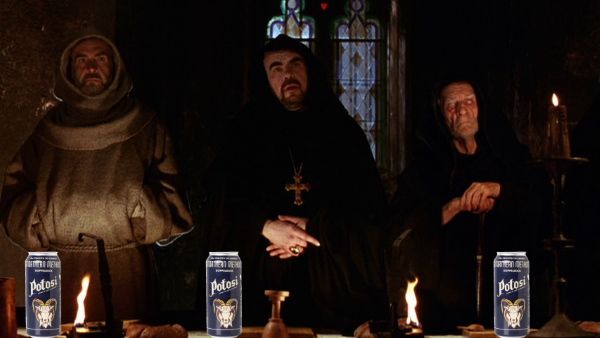
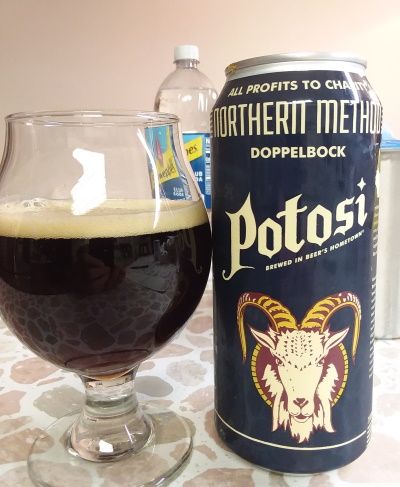
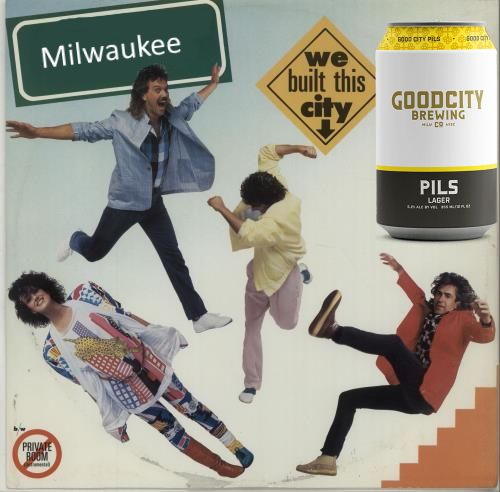


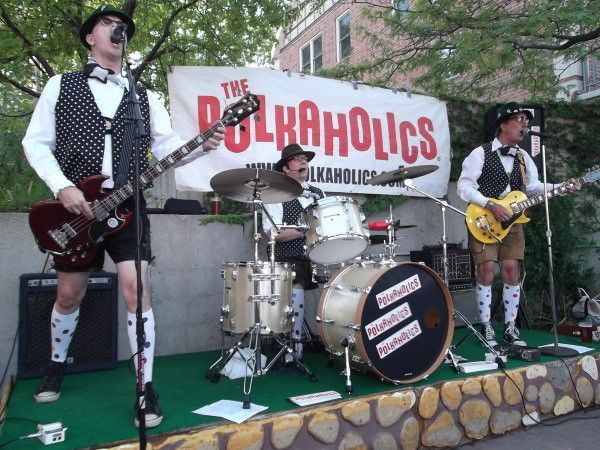












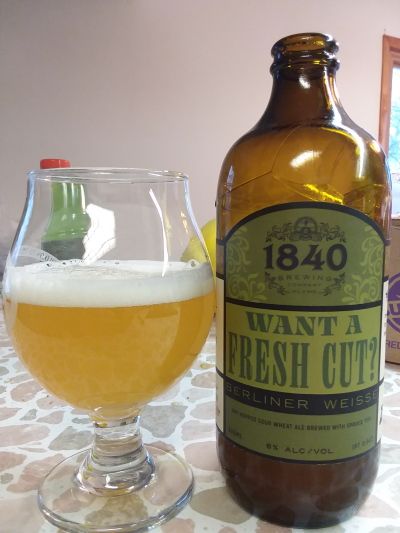





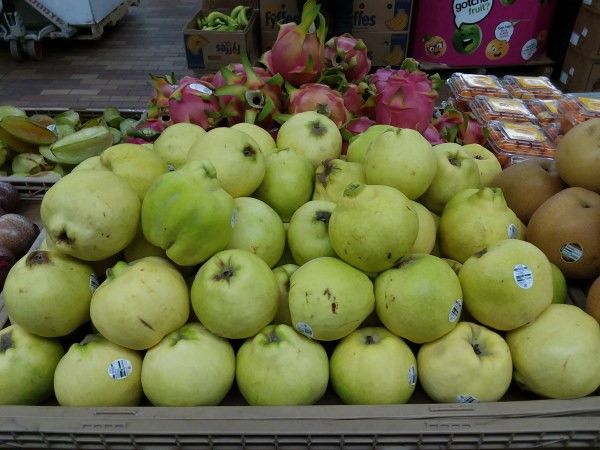
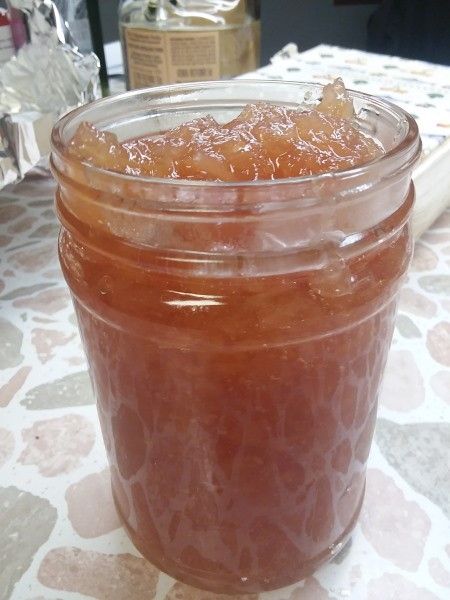







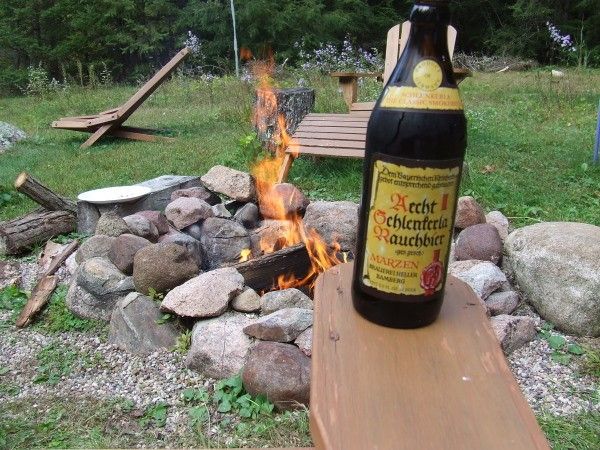
.jpg)


